You’ve settled on an invitation design, awesome, congratulations! With so many options out there to let your guests know the who, what, when, and how of, let’s face it one of the most elaborate and exciting parties of your life to plan, it is no small feat that you have found THE ONE. (Invitation, that is, not the partner, I’m guessing you already have one of those, right?) If you worked with a stationery designer or an amazing wedding planner you might have already thought through the process of who and how your envelopes would be addressed. I mean as beautiful as these things are they do kind of require an address and postage, silly I know. But if that is not you it is not too late! There are so many options that you have when it comes to making sure that the outside of your invitations are just as beautiful as the inside.
If you have been around this wedding planning circuit for any length of time you are probably somewhat familiar with calligraphy. And seeing as though you clicked on this blog post I am guessing you have a few questions. Am I right? Calligraphy is an ancient art form that includes beautifully written letters. So fast forward a few centuries, give or take a couple or a lot of couples; and you can see how it has evolved to fit our most formal and not so formal applications. It also has branched out to create another form or gorgeous handwriting, hand lettering.
So what are the differences and what what do I need to know before I book a calligrapher? I am so glad you asked. Today, we are going to walk through the three main types of “calligraphy” out there and get you on your way to having your envelopes turned into beautiful works of art!
Dip Pen Calligraphy
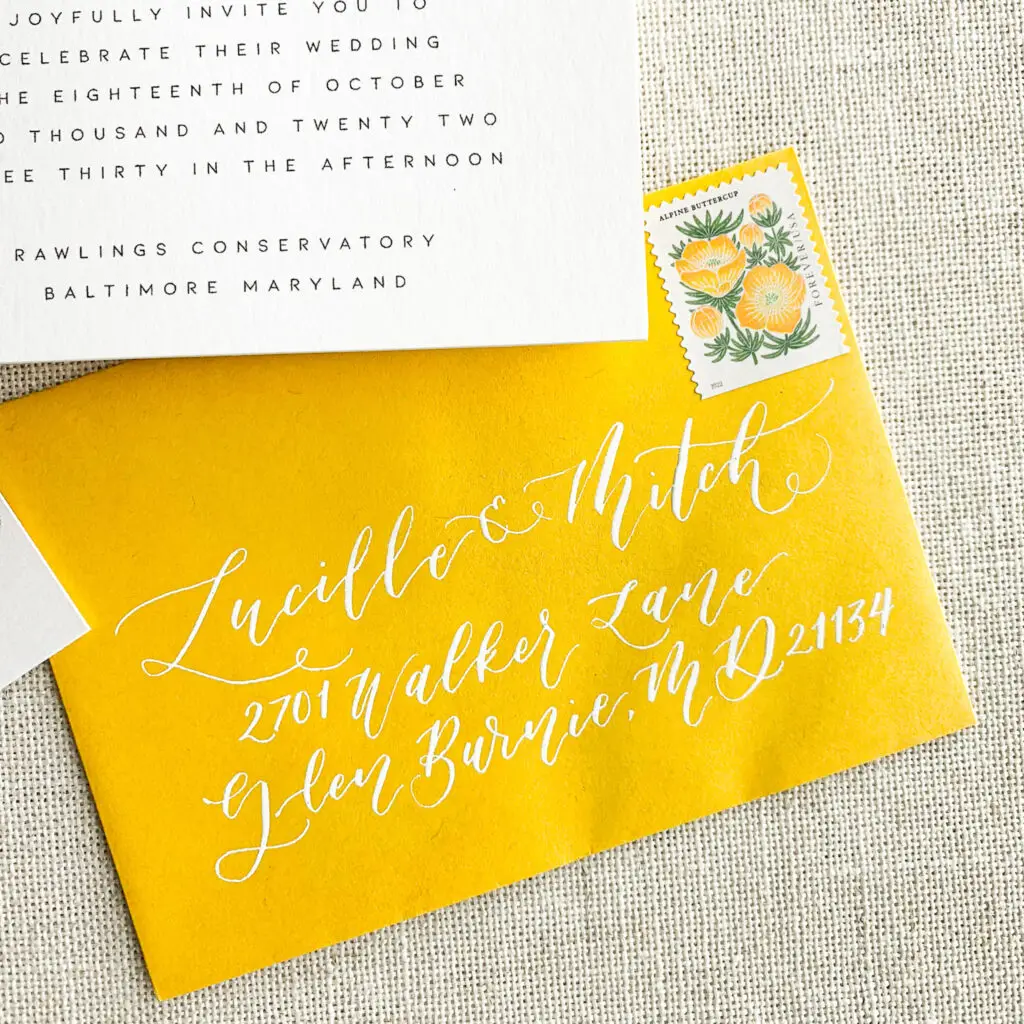
This form of envelope addressing is definitely the most formal of all the mediums. Most times it often carries the highest cost as well.It includes a special type of pen and the addition of, you guessed it, Ink! This is where I started my artistic journey and I will say that I am quite partial to this one.
If you are super into all the flourishes and fancy swirly editions to the letters then chances are you are probably going to go for this style. It can be applied to a variety of surfaces as long as they are smooth. A little bit of texture to the paper can typically be accommodated, but this is something you definitely want to talk through with your calligrapher.
The traditional colors are white, gold, and black, but you can definitely find a rainbow of other colors on the market. And with the addition of other mediums being fashioned into calligraphy inks the color selection is seemingly endless!
Watercolor Hand Lettering
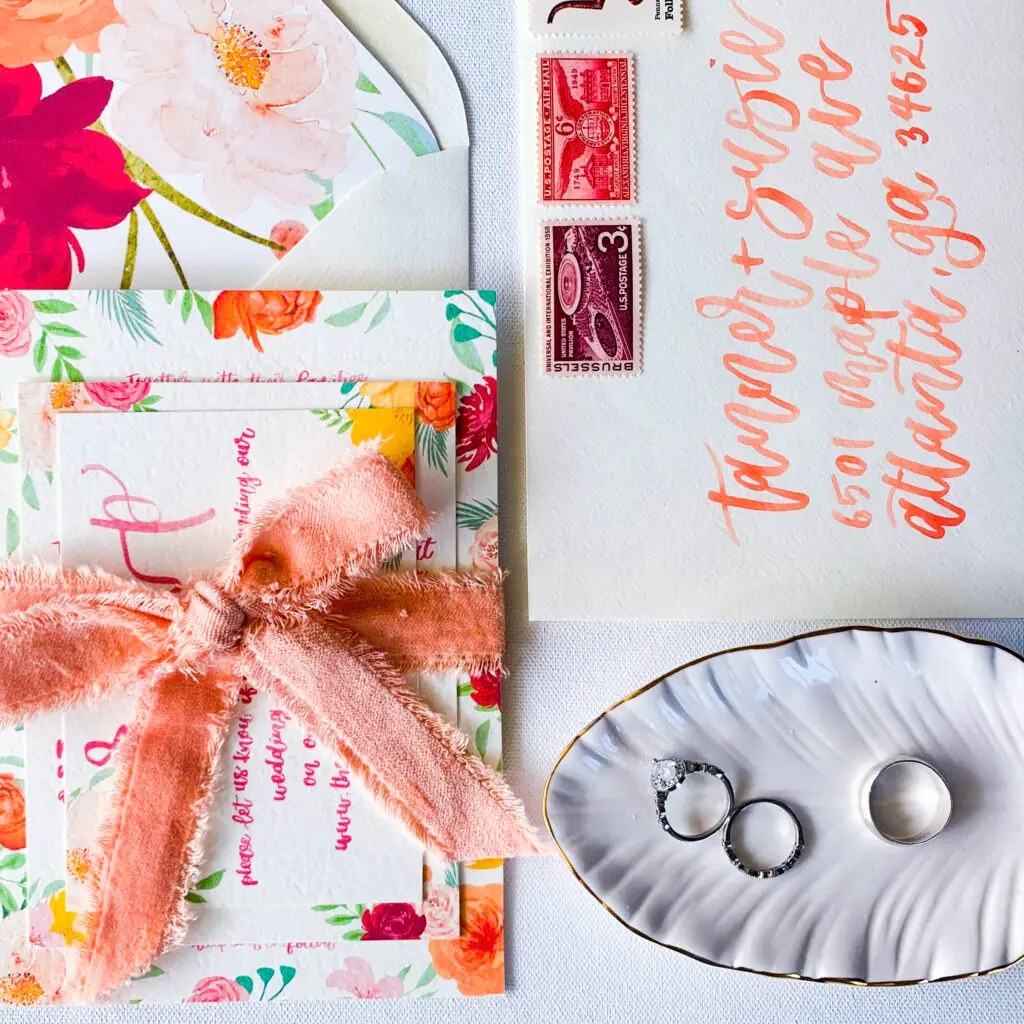
This is exactly what that title suggests, envelopes with addresses written in watercolor by hand, shocker right?! This style tends to be a little more whimsical, but since the hand (that’s what a particular artists’ style is; think of it like font for printed text) is so personal to the calligrapher don’t rule it out for more formal affairs.
This is probably the most diva-istic (is that word?) when it comes to the envelopes that it can be applied to. Since we are using, you guessed it, water the type of paper your envelopes are made out of matters. I typically like to use 100% cotton envelopes since cotton paper fibers can absorb water without warping or buckling. The last thing you want is a wonky looking envelope with beautiful writing.
Work with your calligraphy, hand lettering artist or stationery store to source these envelopes. One thing to note is you might be limited on colors with these types of envelopes. It’s not impossible to find something that works for your suite, but there are less options.
Brush Lettering
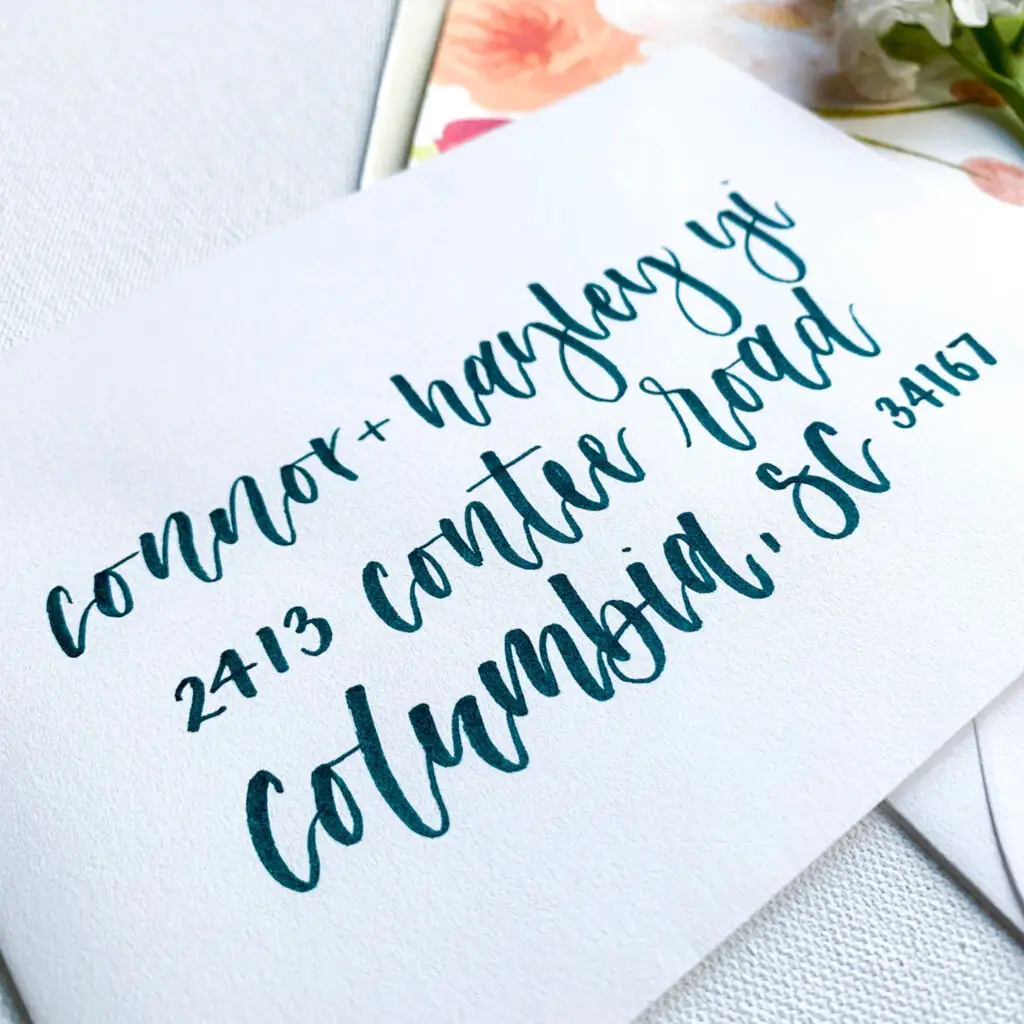
This brings me to the most low -key (in my opinion) of these three options: brush lettering. This is done using a special marker with a brush tip. You still get the variation in letter line thickness that makes calligraphy so gorgeous, but in a more fun and informal way.
With this type of addressing just about any envelope would work and the markers come in a wide range of colors so it can be customized to fit your unique invitation design.
All in all, envelope calligraphy is an amazing option to add something super special to your invitation experience. It is something that is personalized for each of your guests and a way to set the tone for your big day.
If you are looking to book a calligrapher for these services keep in mind they typically charge per the piece and require a certain amount of lead time to create these masterpieces. Rome wasn’t built in a day! Have more questions about calligraphy or all things wedding paper? Leave a comment or send us an email we would be more than happy to chat about our favorite thing ever!
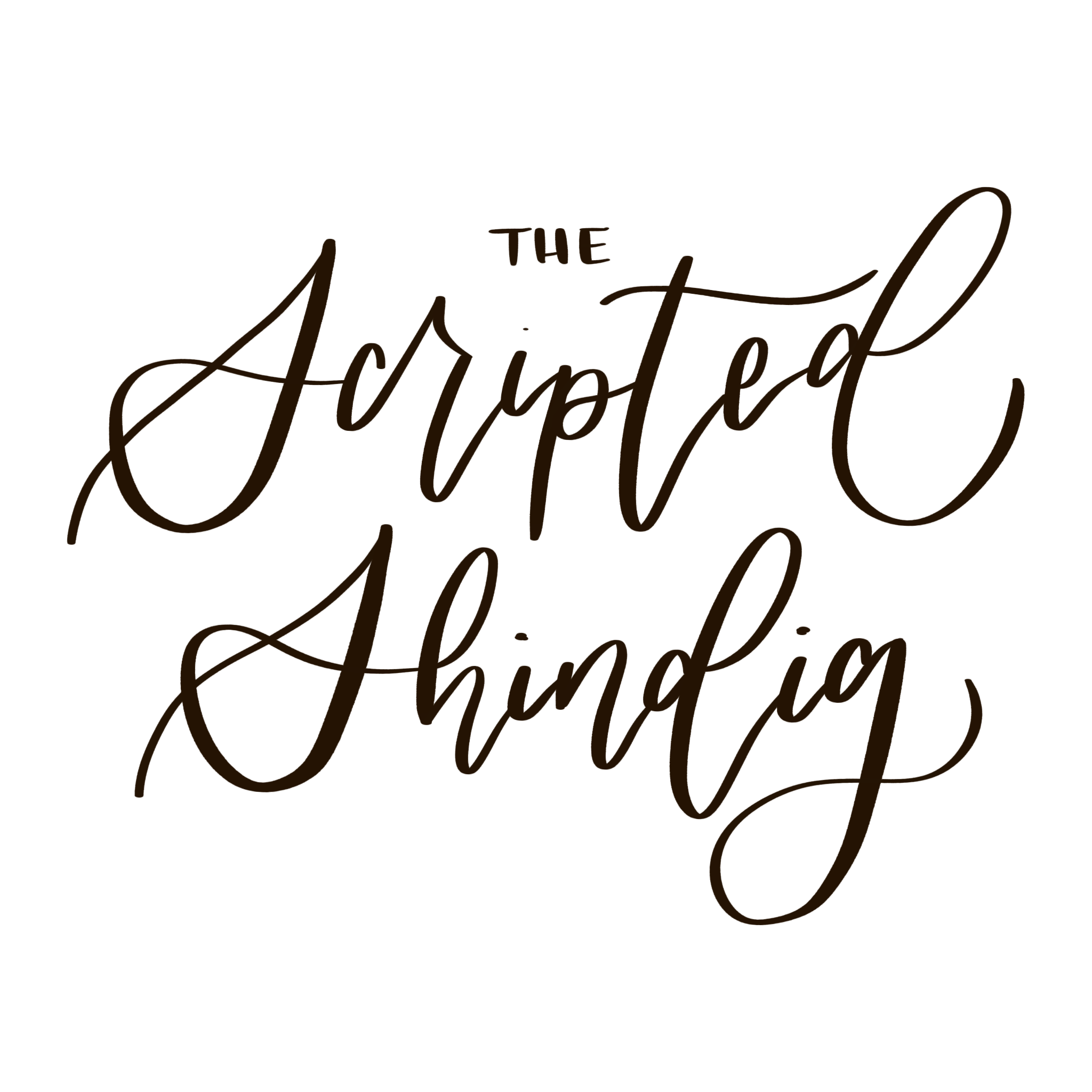
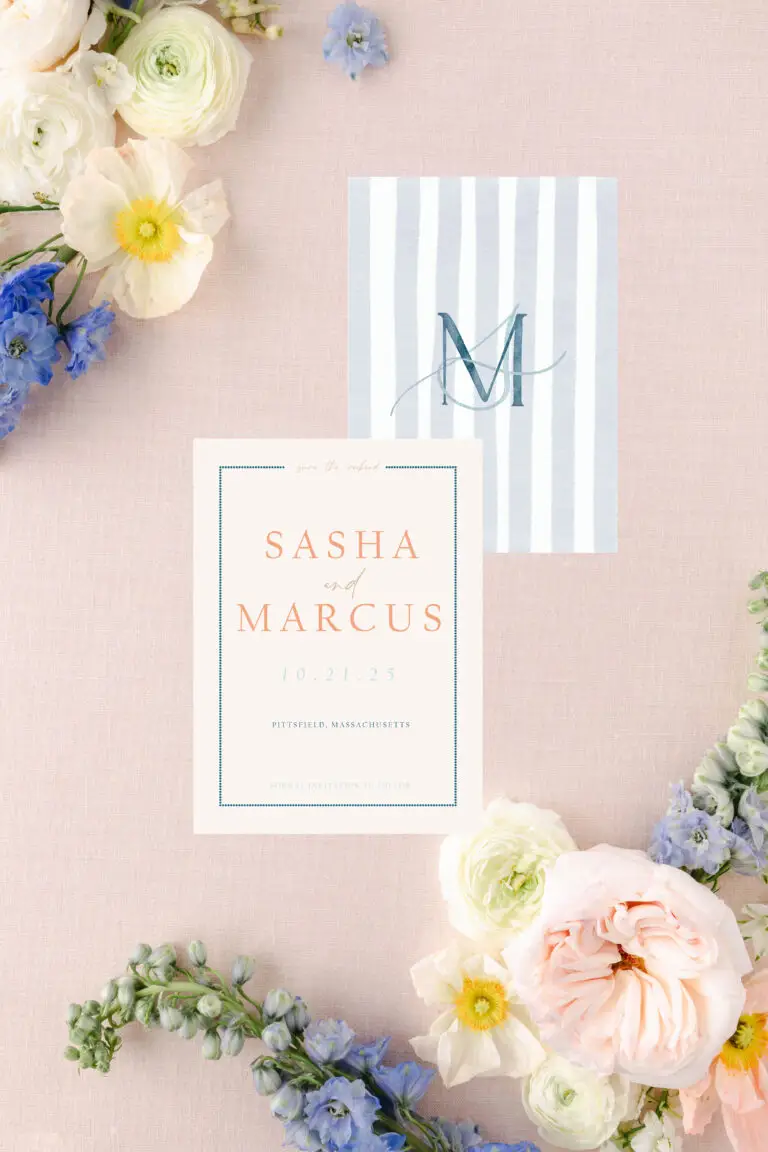
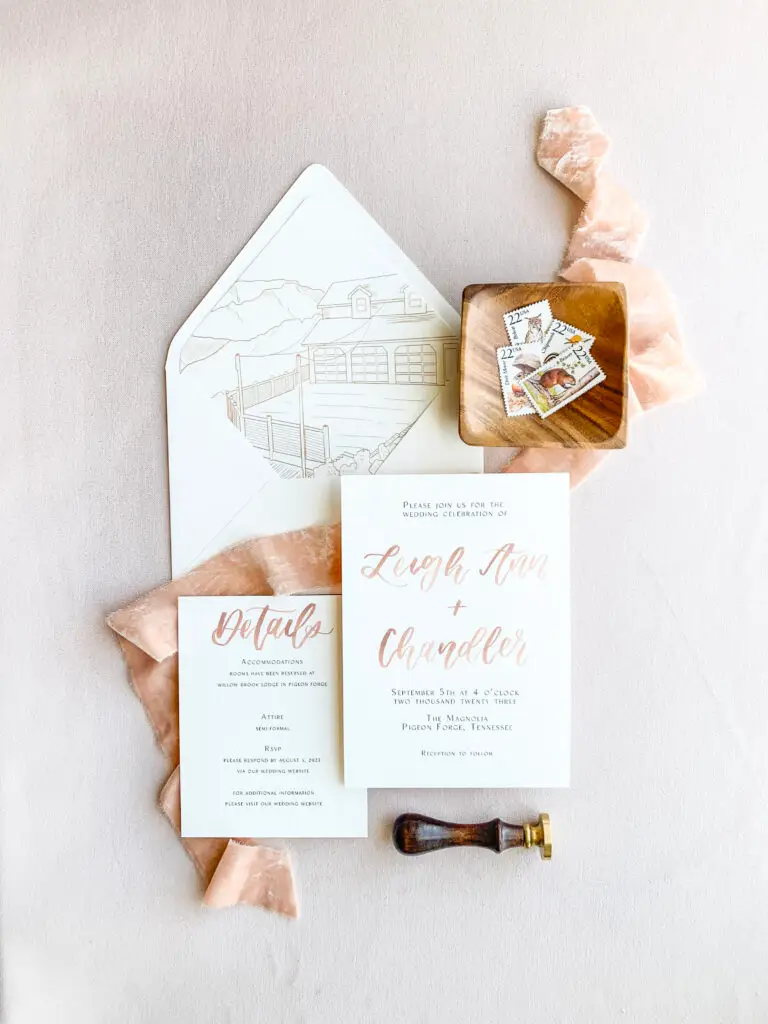
srehvs
amiim9
47if47